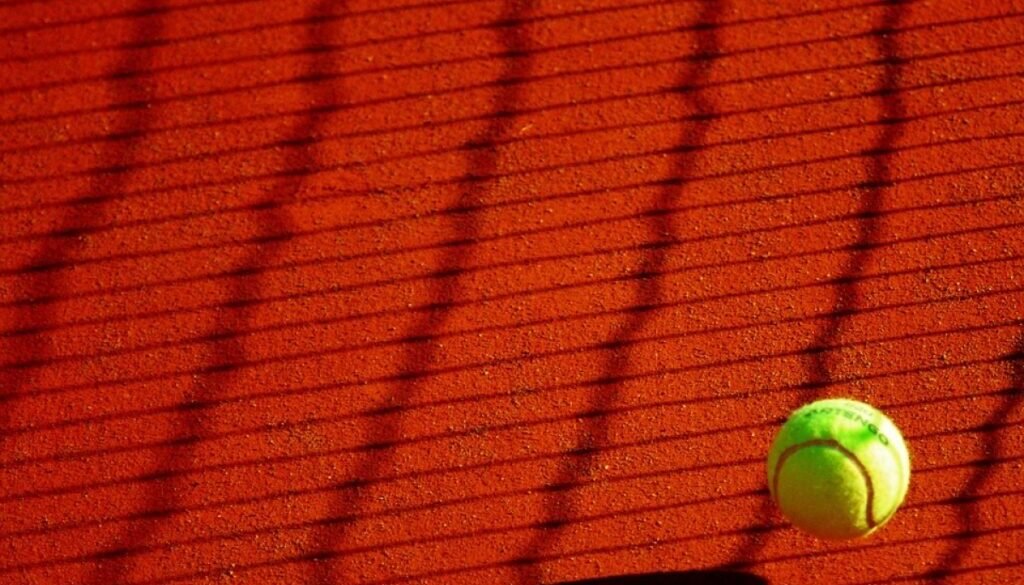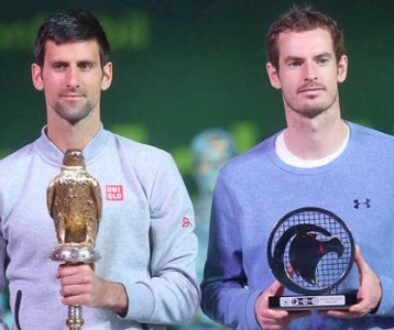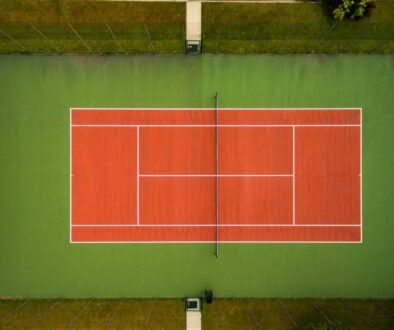The priorities of successful overhead
Tennis is a game where players can choose different ways to win the point. They can play on the baseline or come to the net. They can use sheer power or focus totally on control. They can try to finish the point as soon as possible or they can be patient and keep the ball in play over and over again. Knowing that it is important to work on variety of skills because it will allow players to choose the most effective strategy against particular opponent.
One of the strokes that is not trained enough is an overhead. Overhead is the stroke that has to be used while the opponent is trying to hit effective lob. When player comes to the net basic tactical ways of the rival include regular passing shots to the sides of the court or high ball over the net player’s head. Unfortunately many players who train net game skills focus just on volleys taking these skills to the high level but they forget that smart opponent will also try to put the ball high to see how well they are prepared with overhead.
Overhead looks like an easy shot. It is played from the highest possible point of contact and it allows player to hit the ball down which creates really offensive opportunity. Additionally it is quite similar to the serving motion so players shouldn’t have problems with winning the points using overhead. However when we take a look at the matches especially at lower levels of performance we can discover that many players miss a lot of overheads in the situations that can give them crucial points during the battle. Is it only the matter of dealing with pressure? That’s important factor but not the only one.
As with any other stroke, effective overhead has to include specific technical and tactical approach. Without conscious decisions and proper level of skills players will always have low percentage of won points after overhead so for any competitive player it should be a priority to improve this area both for future singles and doubles results.
There are few aspects that decide about the effectiveness of overhead. It is important to assess own skills related to these aspects and implement necessary changes if needed:
Setting up good position
Movement on the court has to be a base for any stroke. In overhead it is not different. Players have to try to set up good position by moving to the ball and adjusting own position. Players who don’t like physical effort and wait for the ball have small chances to make good overheads in.
Paying attention to technical details
Low point of contact, lack of use the non-dominant hand or hitting using forehand grip are examples of technical flaws that can cost players many points. Good overhead has to be trained from technical perspective to guarantee that body and racket work together in the most effective way.
Aim at big targets
Overhead creates offensive opportunity but many players want to hit it with too much risk. It is important to understand that hitting the ball down with solid power is many times enough to hit winner or force rival to make a mistake so tactical adjustment should include aiming at bigger target. There is no point to try to hit the ball close to the baseline or right next to the sideline because it creates unnecessary risk of an error.
Come to the net again
Players won’t always finish the point with overhead. Even at the highest level players have to maintain focus after overhead because good defensive skills of the opponent make the point longer. That is why it is crucial to come to the net as fast as possible after hitting overhead to set up offensive position for the next shot. Players who watch own shot and stay around the service line allow rivals to win the point even while being under time pressure.
Overhead is definitely an important skill that all players should use. It is not used as often as serve or forehand but it can happen during the most important points of the match. If player is ready physically and mentally to properly execute overhead he has a good chance to finish the point and match on own terms. On the other hand if player is surprised every time he gets the ball over own head opponent will see that and use this tactic over and over again to get advantage.




